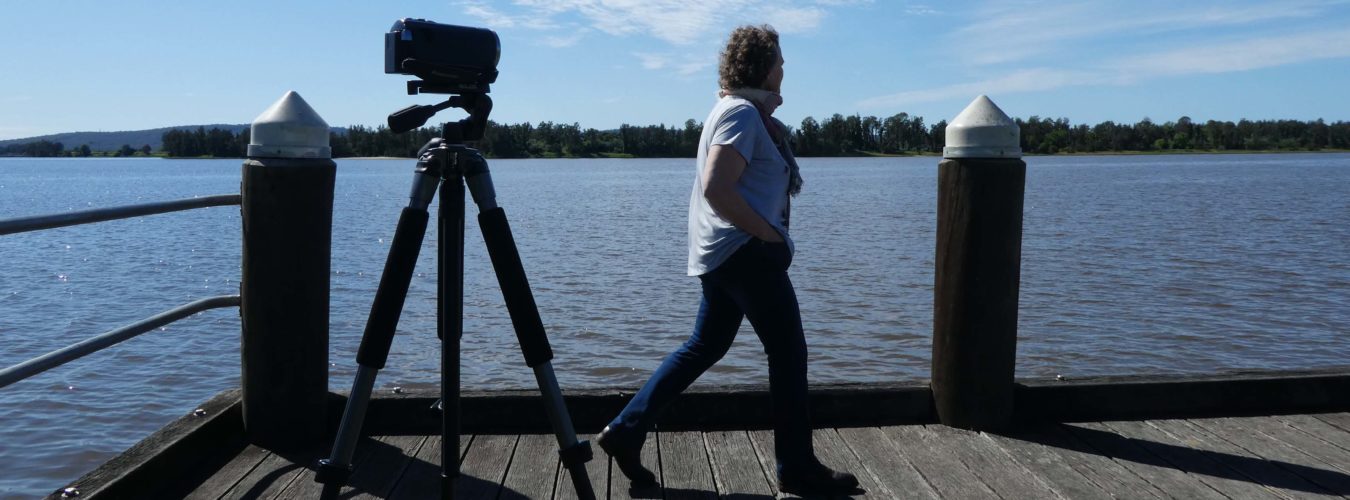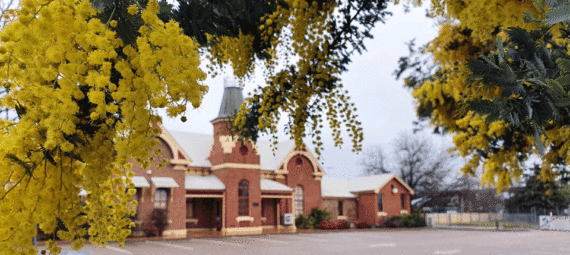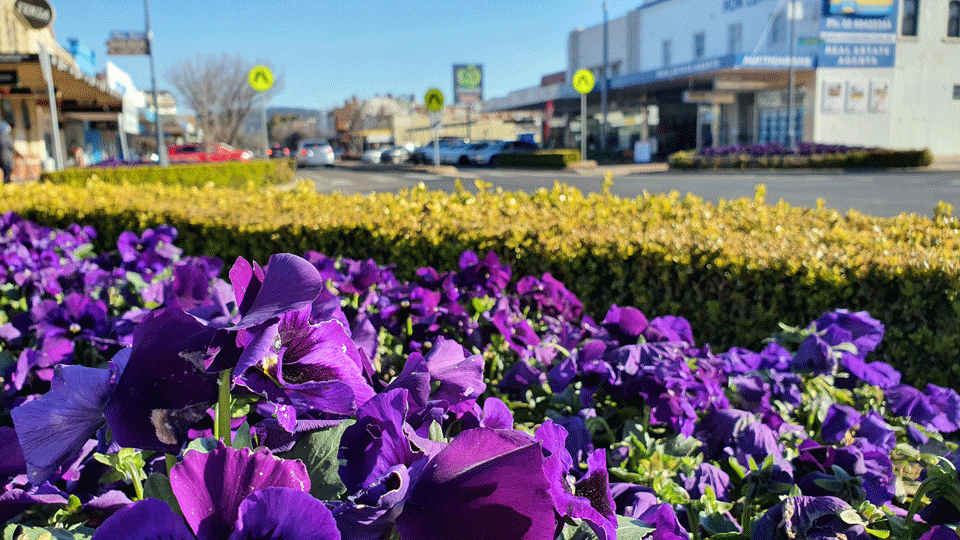
No traffic lights. No McDonald’s.
Those were among the reasons given to us by some Cootamundra locals for moving to this charming historic town.
While the town has a lot more going for it than the absence of traffic snarls and fast food giants, their words certainly captured something of the laid back pace of life that makes Cootamundra so gorgeous.
WHAT WE LOVED
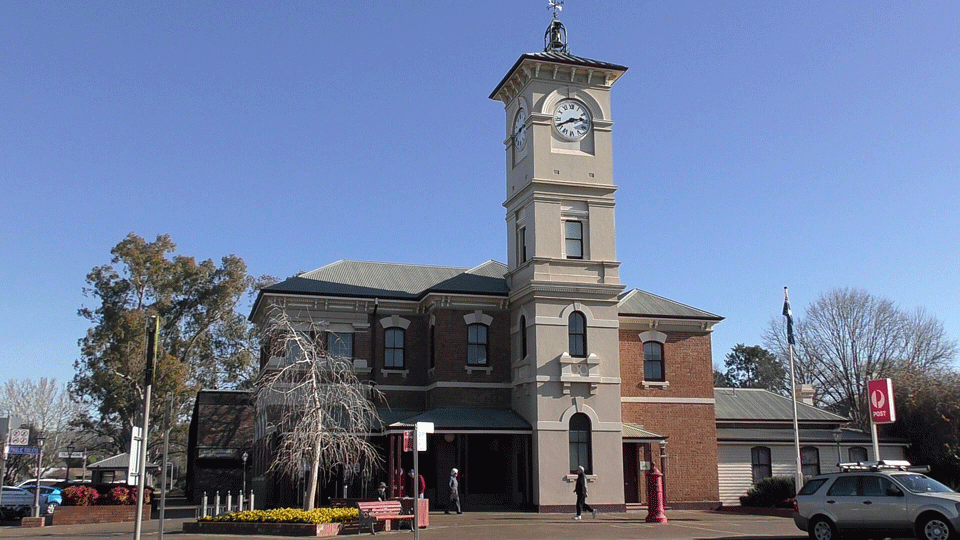
Cootamundra is in the picturesque rolling hills of the South West Slopes of NSW. At the time of our visit, wheat and canola crops were beautifully green. Plump-looking sheep and cattle grazed in paddocks of good feed (such a transformation after the three-year horror drought we’ve just been through). A country drive through this region is a treat all its own. Your cares will seem a world away.
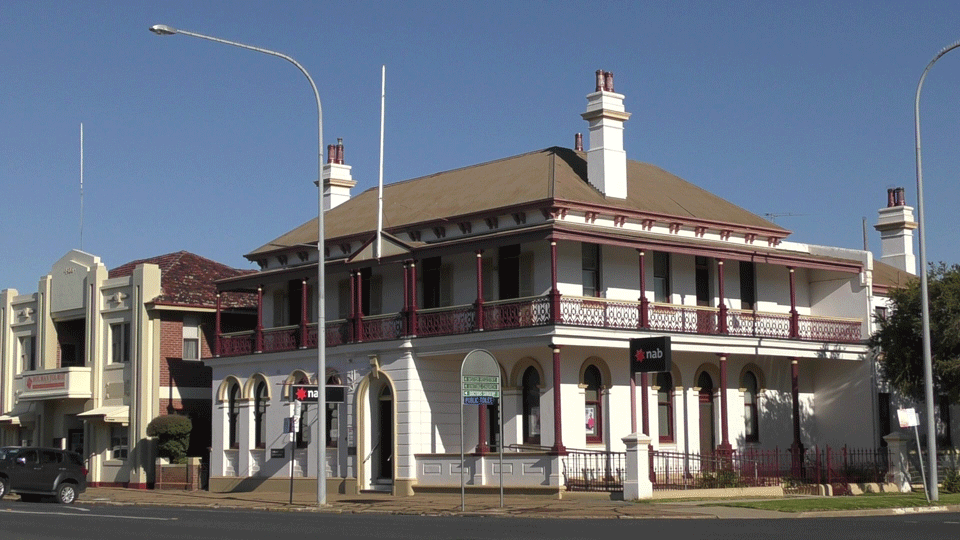
Cootamundra’s fortunes have been underpinned by its position on the main southern rail line between Sydney and Melbourne, and this shaped the development and prosperity to the town. That wealth is reflected in the well-preserved historic buildings and homes, and it’s one of the most attractive things about Cootamundra.
Cootamundra’s tourism potential is yet to be fully realised, but there’s some good local eateries, and we easily found ways to happily spend a few days there.
WHAT WE DID
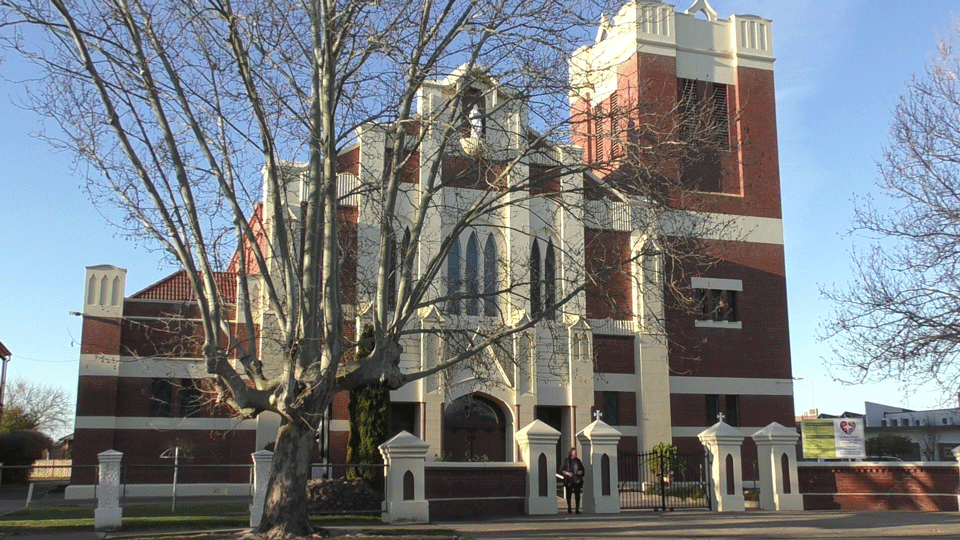
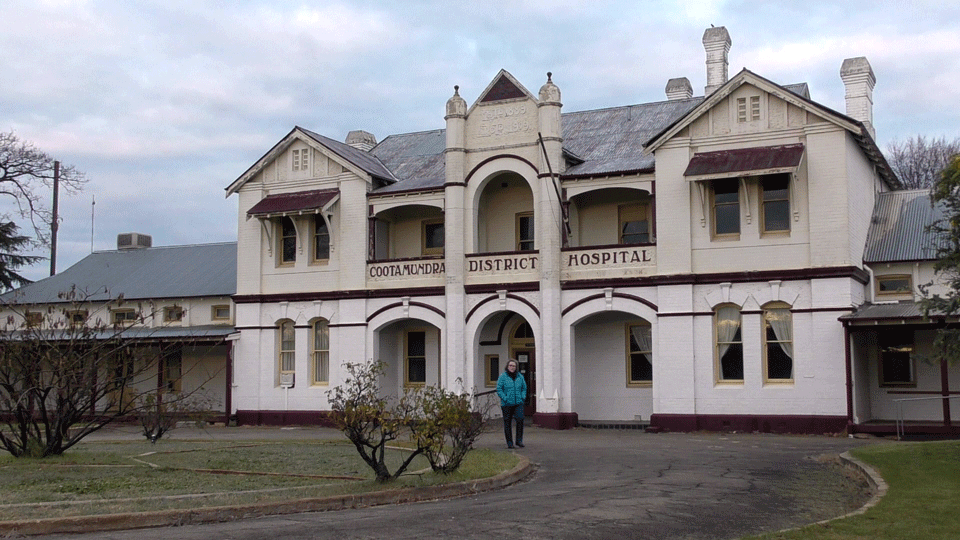
Two-foot tour
Cootamundra has lots of great old buildings, and if you duck into the local tourist information centre (it’s in the Heritage Centre in Hovell Street, near the railway) you can pick up a walk tour guide. It will take you around some of the prominent buildings – The railway station (1888) the post office (1881) the police station (1885) and the court house (1901) the hospital (1910) the Commercial Banking Co (now NAB, 1885) and the Bank of NSW (now Westpac, 1893). While you’re walking, don’t forget to take in the varied architectural styles of local homes. Some great Federation and inter-war styles to be seen.
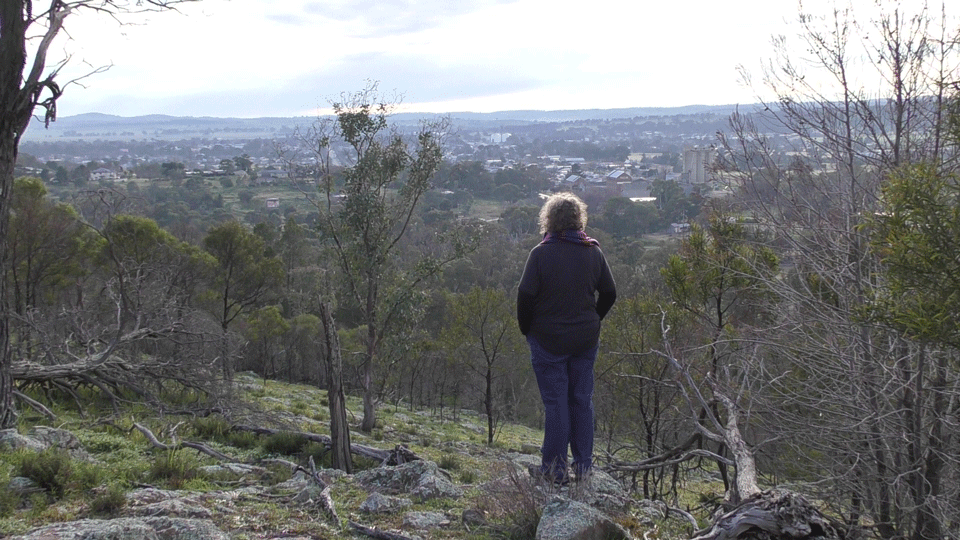
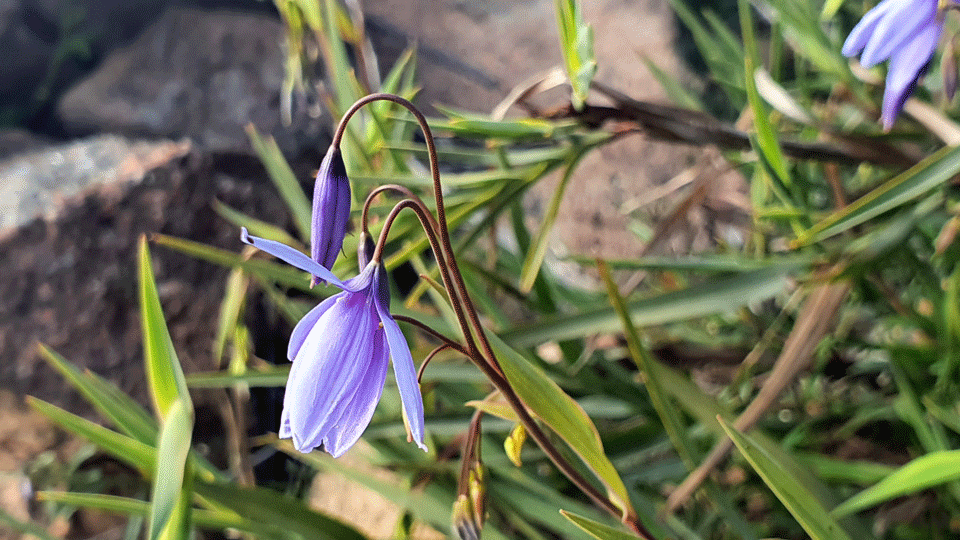
Pioneer Park Walk
While on the subject of walking, we can recommend a ramble in Pioneer Park. This park is crisscrossed by mountain bike trails, but it’s suitable for walkers too. We took the obelisk loop walk to the trig station on top of Mount Slippery (what a great name) where we wandered through Yellow Box woodland with its bright green mosses, lichen covered rock outcrops and tiny wildflowers. The views over Cootamundra were fantastic. It was a bit overcast on the day but still worth it.
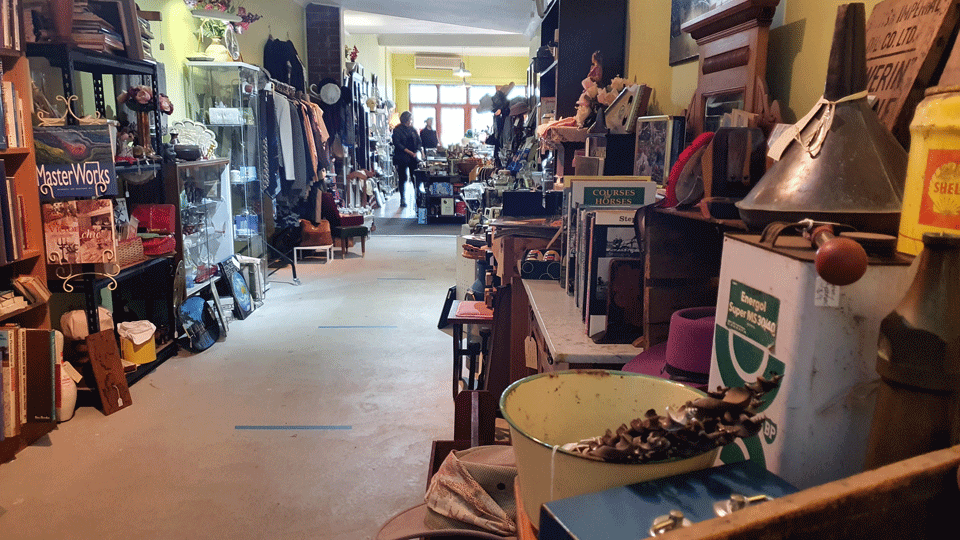
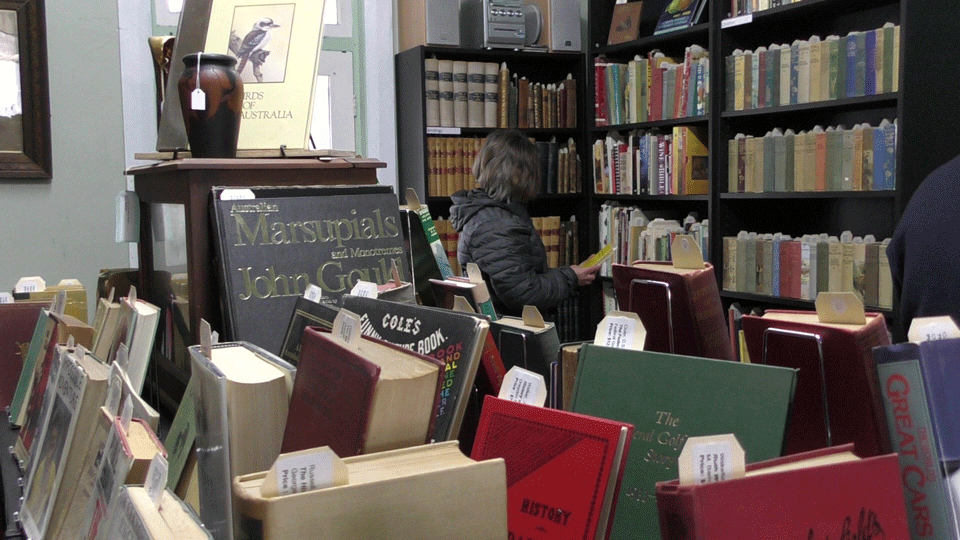
Books and treasurers
Is there anything better than a fossick through antiques and old wares or a browse through rare and collectable books? Well, you’re in luck at Cootamundra where you can find both. COVID has meant not all shops are open, but we called into Quality Junk which had a well-curated set of interesting bits and bobs. The Little Shop of Books specialises in rare, collectable, and antiquarian books. It’s in a beautiful little shop with lead light windows and we walked out with a bag full of titles. There’s still nothing like the feel and the smell of an old book. It’s curently open on Saturday mornings only.
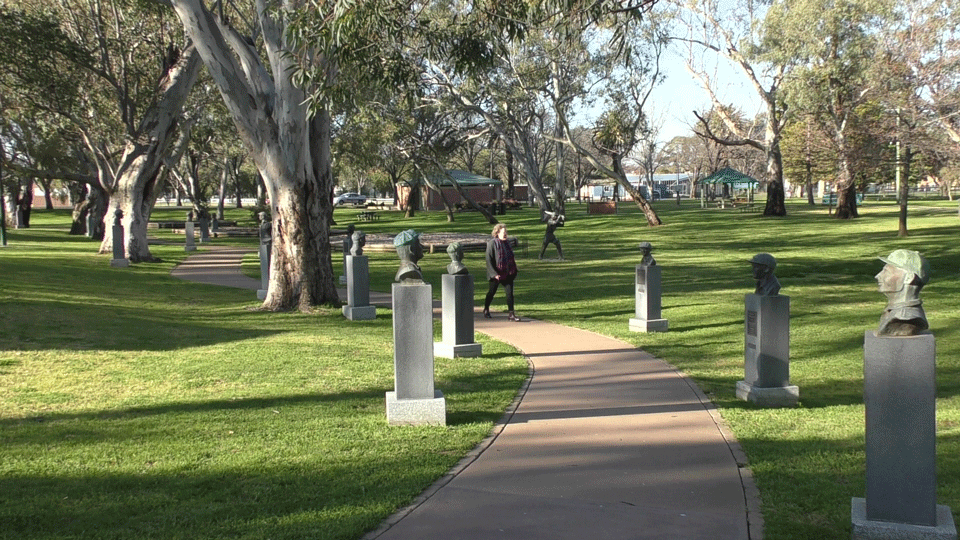
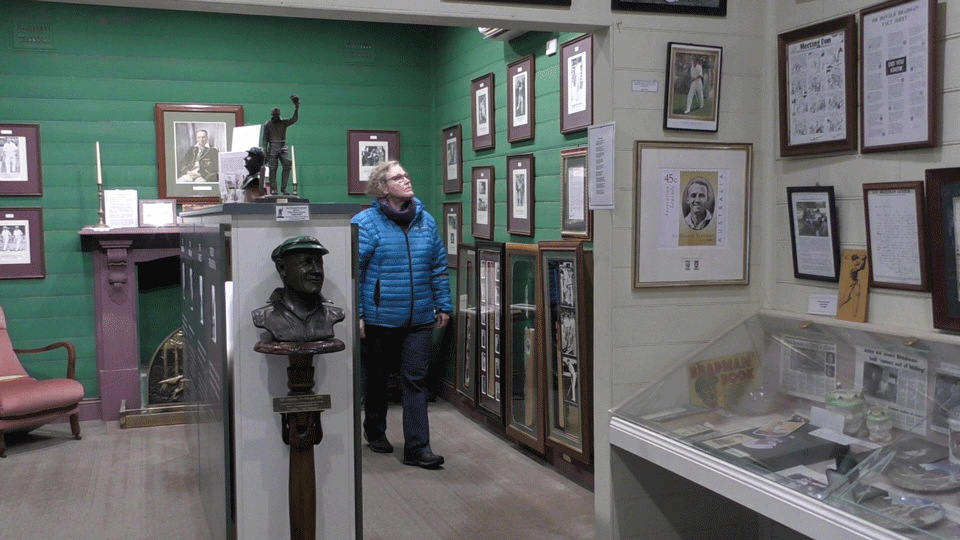
Cricket tragics
Every town has its claim to fame and Cootamundra has latched on to the fact that legendary Australian batsman, Don Bradman was born there in a little cottage hospital on August 27 1908. If you want to stand in the room where the great man entered the world, you can do so in the Bradman’s Birthplace Museum at 89 Adam Street. Bradman lived at Yeo Yeo, between Cootamundra and Stockinbingal for the first few years of his life. Sir Donald’s grandparents are buried in Cootamundra Cemetery.
If that’s not enough cricket for you, take a walk along The Captains Walk in Jubilee Park. This unique tribute to the sport includes 42 bronze sculptures of Australian Test Cricket Captains, along with Unaarrimim the leading Aboriginal player in the first Australian cricket team to tour England in 1868. It’s a well-manicured park with beautiful trees and great playground equipment if you have kids.
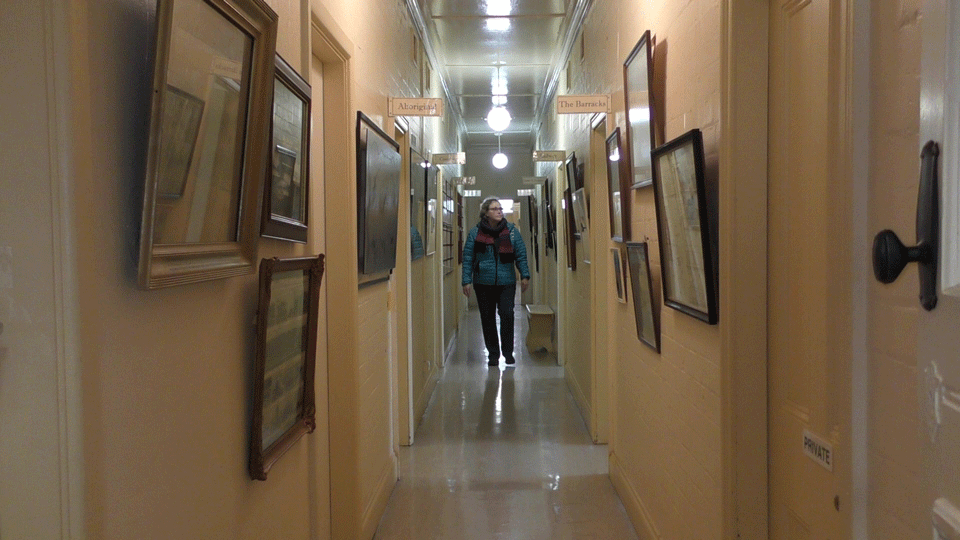
Heritage Centre
Cootamumdra Heritage Centre will give you a good snapshot of the history of the town. The collection is held in 14 individual rooms each with a dedicated theme. War, railway, agriculture, daily life, to name a few. There is a room dedicated to the heartbreaking history of the Cootamundra Aboriginal Girls Training Home, which is quite confronting.
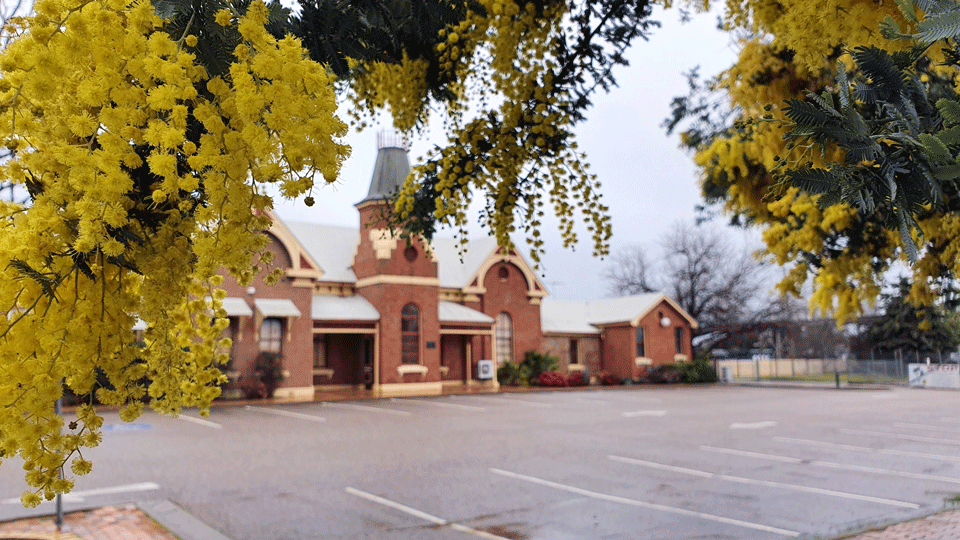
Cootamundra Wattle
Arrive in Cootamundra at the right time of year (late July into August) and you will be able to see its famed wattle. Acacia baileyana or Cootamundra wattle is named after botanist Frederick Manson Bailey. It is indigenous to the Cootamundra and Temora area, but has been so widely planted that in some areas of Australia it has been declared a weed. Its glorious golden flowers and grey-green foliage are very distinctive and there are some large specimens around the town and along country roads.
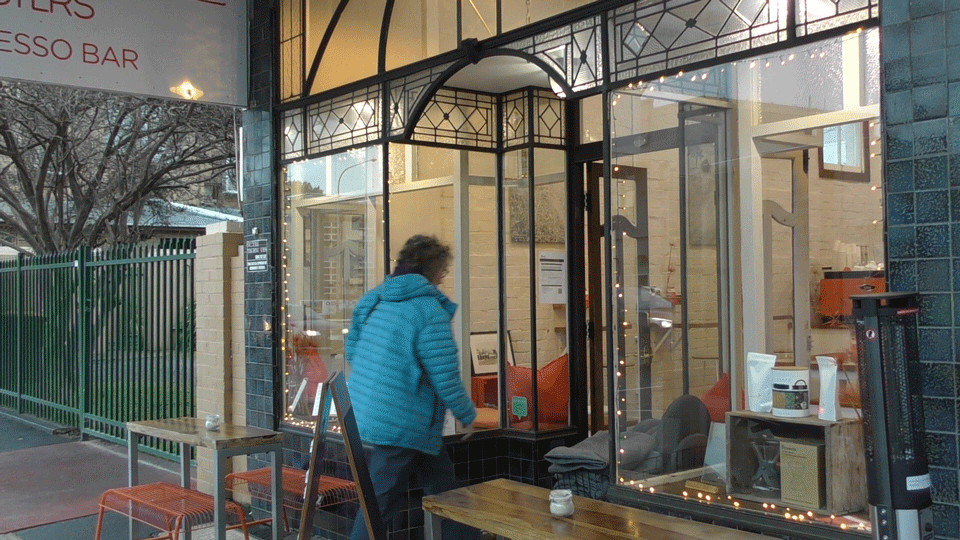
WHERE WE ATE
There are many places to eat out in the Cootamundra region and we couldn’t eat at them all. The following is not an exhaustive list, just where we ended up.
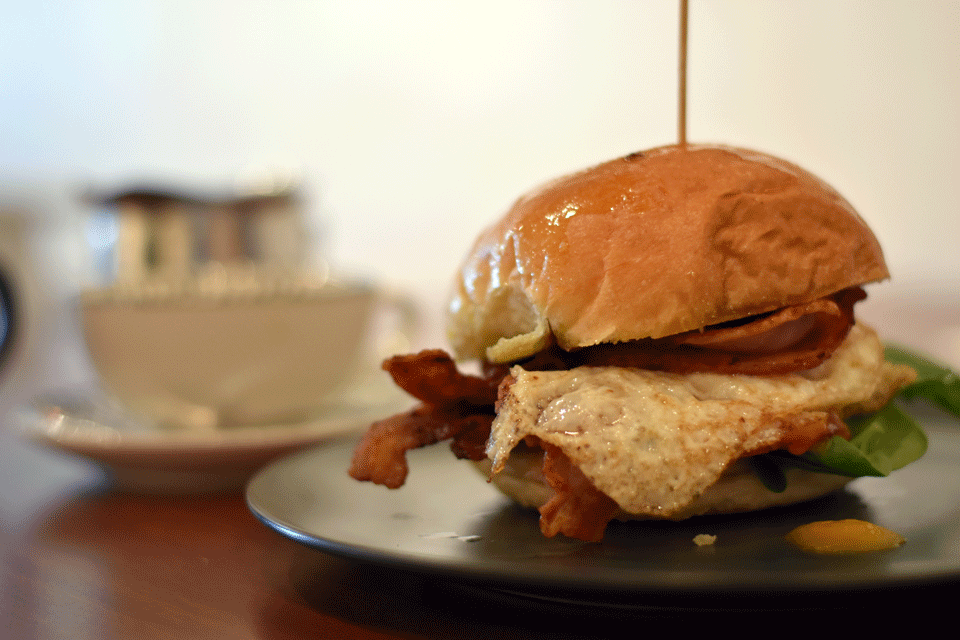
We enjoyed a nice breakfast at Planted Cootamundra which bills itself as a wholefoods cafe specialising in local organic seasonal food. Busy and popular, the service was friendly, and the food was good.
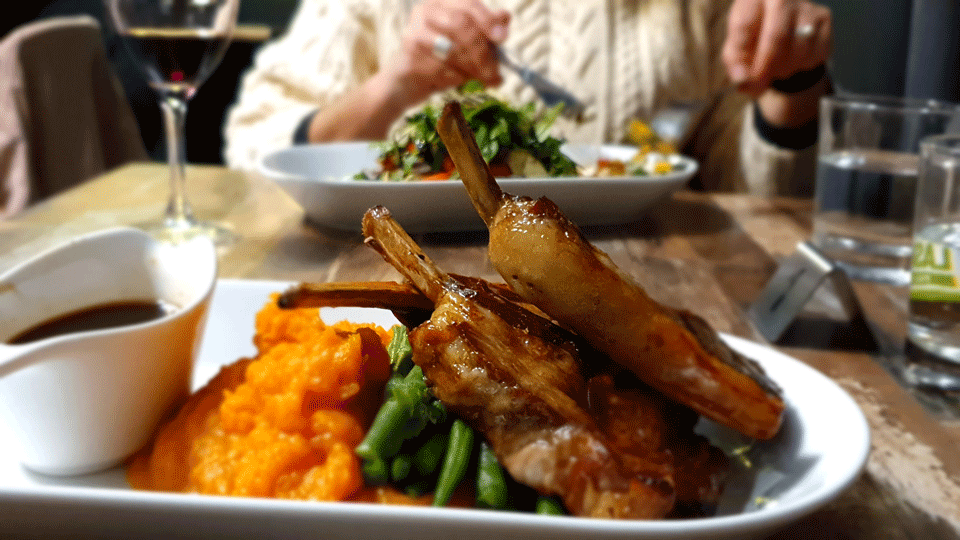
We chose The Rusty Table restaurant at 37 Hurley St for dinner. The restaurant is in the former nurses quarters of the old Cootamundra District Hospital which is an interesting thing in its own right. Good solid menu and very friendly staff were helpful and attentive. We enjoyed our meal there.
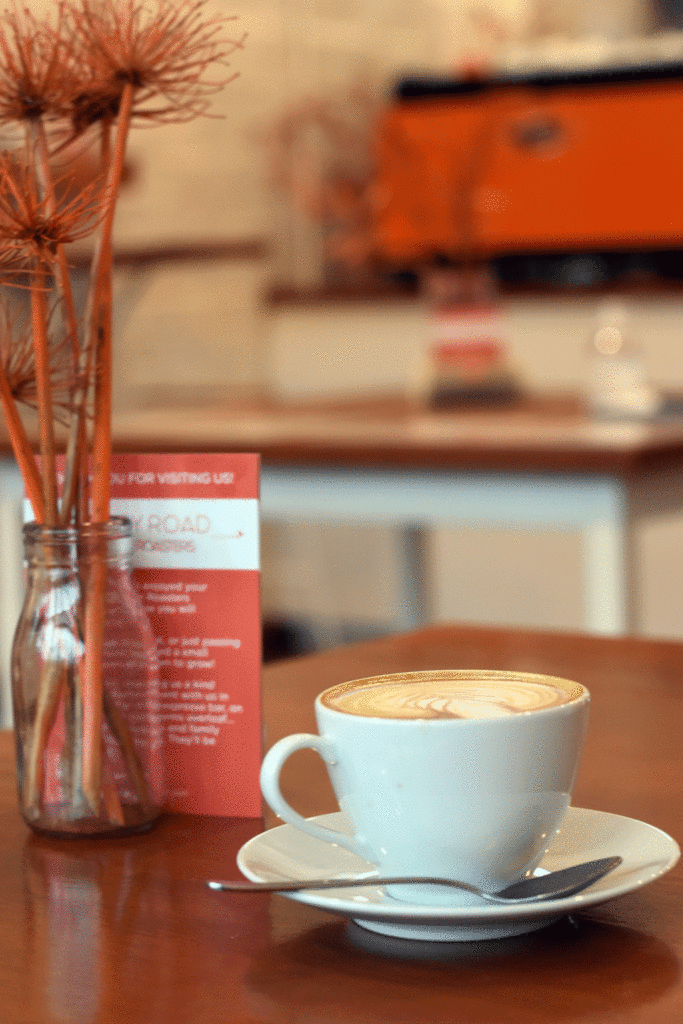
Dusty Road Coffee Roasters was a delightful coffee spot which opens early during the week, but not currently open on weekends. The small batch roastery and espresso bar is in a cute historic building at 109 Wallendoon Street. The building features lovely lead lighting and the decor is nicely done. Top quality coffee. “Bites” menu was limited but tasty.
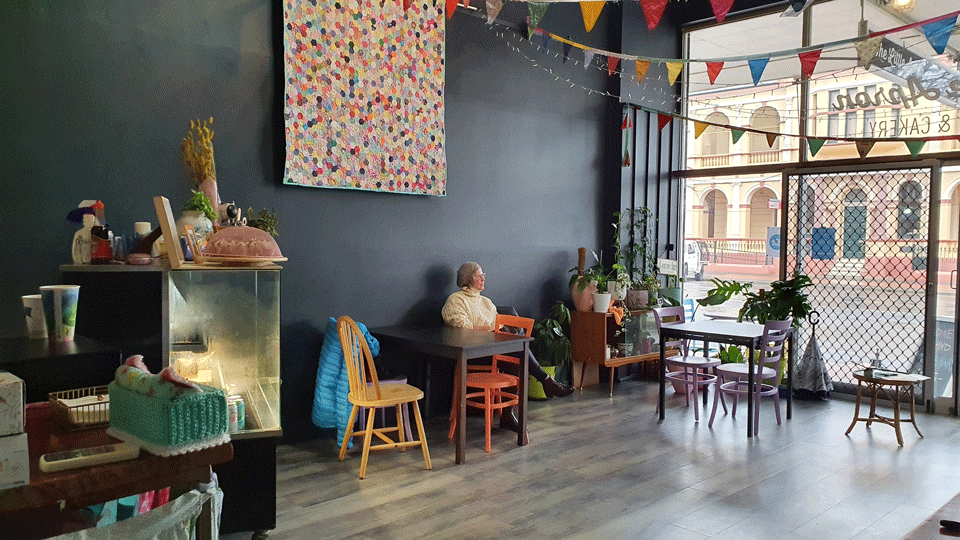
We also recommend calling into The Little Apron Coffee Shop and Cakery at 265 Parker Street. Another cute little space ideal for afternoon tea where you will be greeted by the very friendly host. She’s mad on cakes so if you have a sweet tooth you won’t be sorry you called in for a cuppa and a treat. They do light meals too.
COVID SAFETY
With the COVID19 situation the way it is, we gave a lot of thought to whether it was still safe to travel. It has always been our greatest fear not that would we would catch this dreadful disease ourselves (although that would be awful) but worse, that we would unknowingly take it into a country town that is ill equipped to deal with an outbreak. Often there’s an older population and a small local hospital, and that’s always uppermost in our thoughts. At the same time, tourist dollars can really help struggling rural economies and that’s a consideration too. Somehow, we must all continue on.
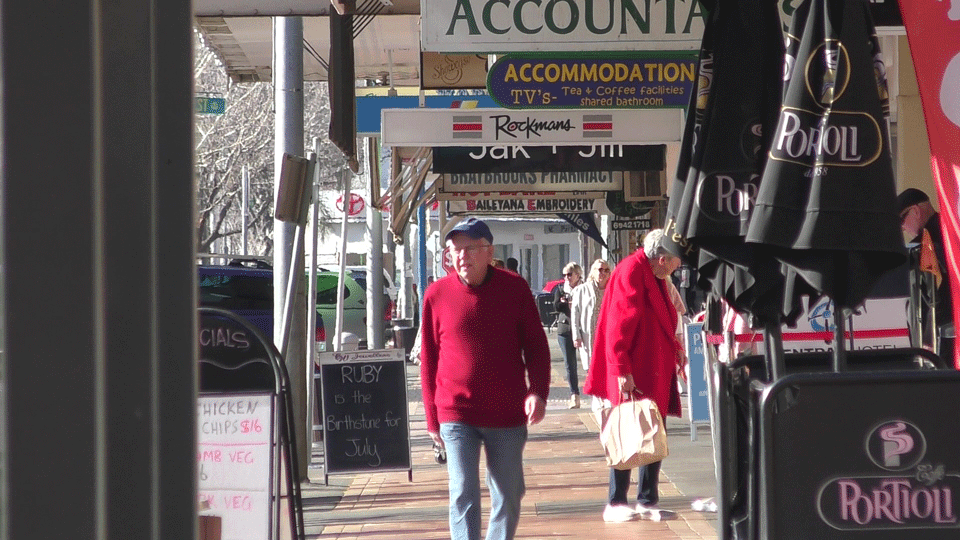
Cootamundra is a COVID-safe town
All the restaurants and businesses we went into were observing social distancing measures, provided hand sanitiser and a good number of them had COVID marshals keeping an eye on things. If you are heading off, here’s what we recommend:
- Call the local tourist office – they will give you a sense of whether your destination town is keen to receive visitors. They can also guide you to which businesses have the best COVID measures in place.
- Ring your accommodation and see how they are handling things. Are rooms being cleaned and “rested” between guests. Do they provide sanitiser and the like?
- Choose outdoor activities and locations whenever that is possible.
- Practice social distancing and wash your hands. If you feel sick, stay home. There will always be another chance to visit.
